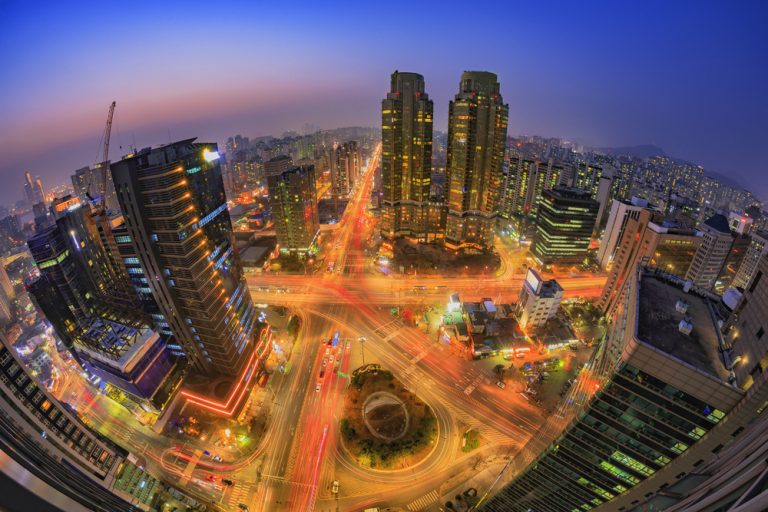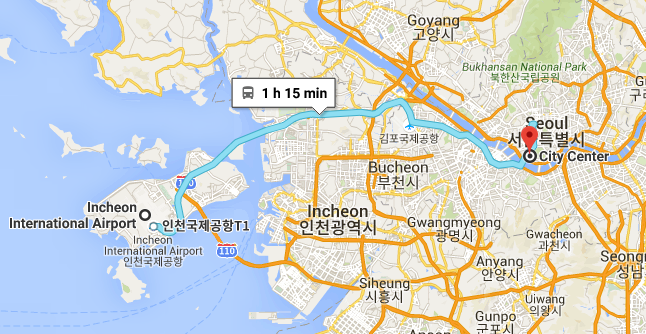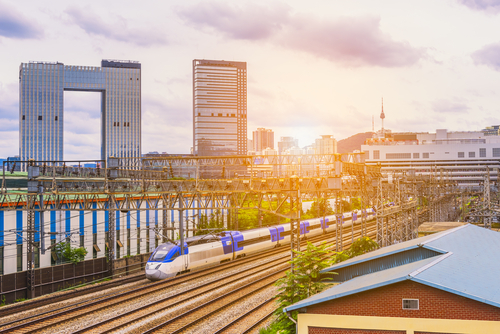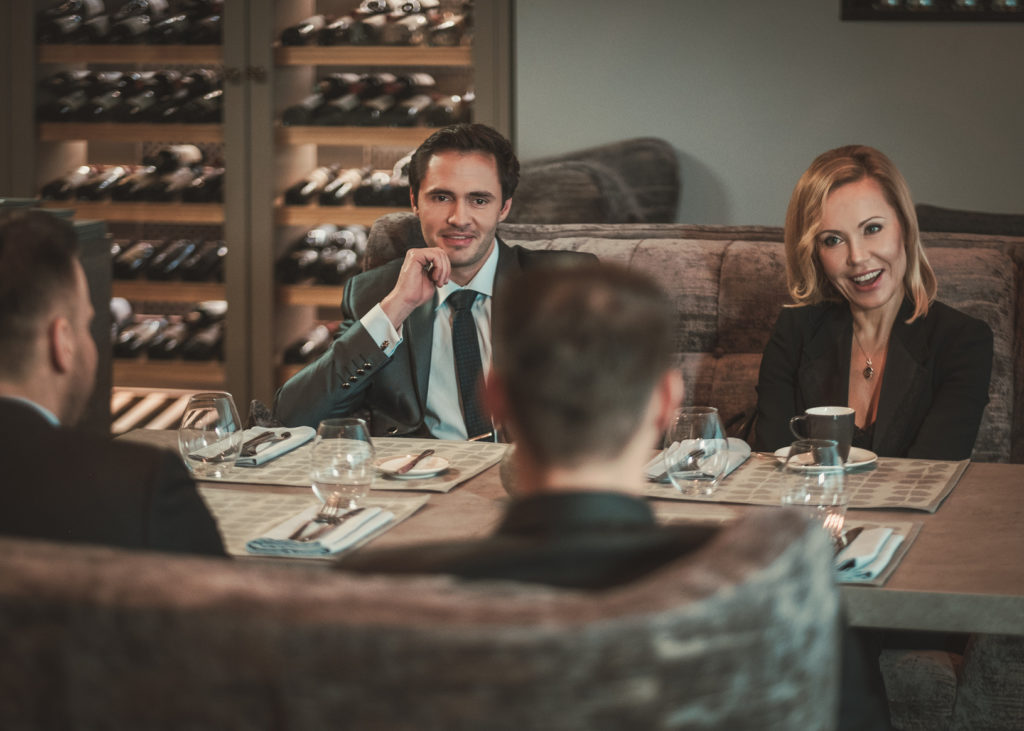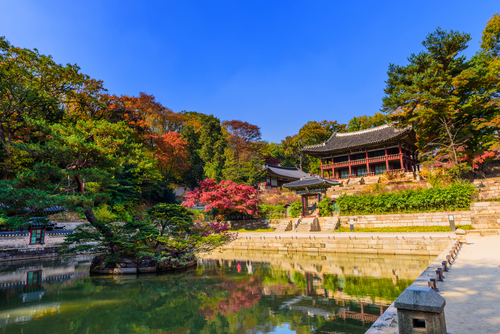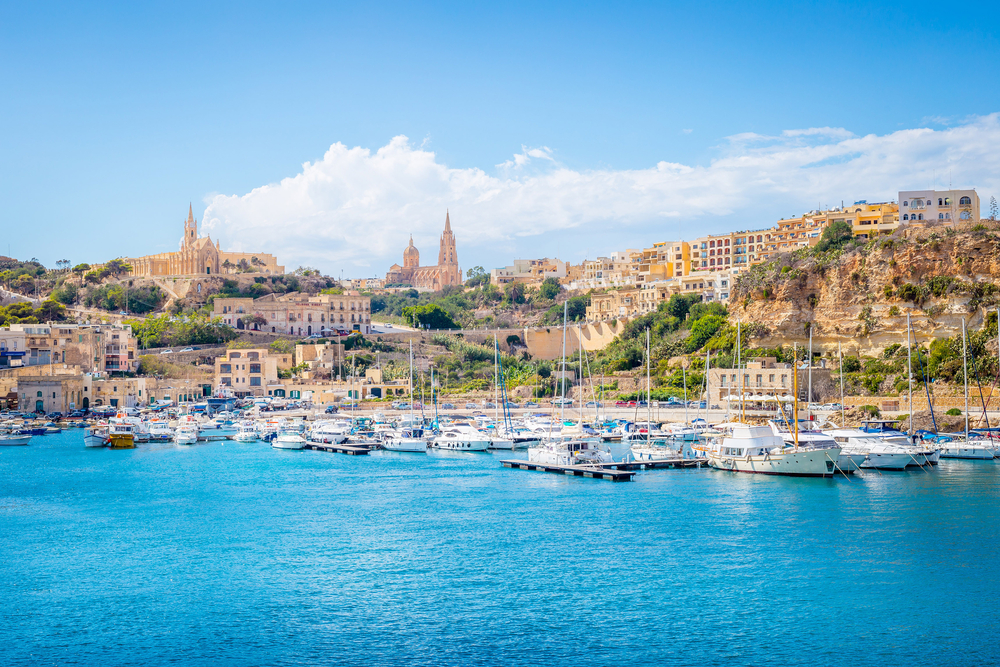The dynamic, hi-tech economy of South Korea has produced some of the world’s best known brands such as Samsung, LG and Hyundai-Kia. Its capital city, Seoul, is a commercial juggernaut which has become one of the world’s top destinations for international conferences. Every month thousands of business travellers from around the globe arrive in the city with little understanding of what to expect in the boardrooms of Seoul. Just a little research into the social customs and business etiquette of South Korea can pay dividends when preparing to do business in this thriving economy.
Arriving in Seoul
Business travellers will arrive at Seoul-Incheon International Airport which lies 50km west of the capital. This modern complex is widely regarded as one of the world’s finest airports. The fastest way to get to Seoul Station in the city is by means of the Airport Railroad Express Train (AREX) which takes just 43 minutes.
Taxi transfers take approximately 60 minutes although this can be longer at rush hour. A better value option is to pre-book a private transfer from Seoul-Incheon Airport to your hotel and have a driver awaiting you on arrival.
Getting Around in Seoul
Seoul is an enormous city of more than 10 million people. Geographically it is divided by the Han River with the older part of the city to the north (Gangbuk) and newer, more affluent part to the south (Gangnam). Business travellers should choose accommodation located close to where their meetings will take place as getting around the city can be extremely time consuming.
The city’s subway system is the preferred mode of transport for the majority of workers in Seoul. It’s a highly efficient network carrying upwards of 7 million passengers per day. Foreign visitors should buy a multi-day travel pass (MPASS) for when using the service.
Business travellers who prefer to get around by taxi can expect to be frustrated by slow journey times and drivers who don’t speak any English. It is strongly advised that passengers have their destination written down in Korean and allow plenty time for getting to their meeting. If language proves to be an impossible barrier it’s possible to call a free interpretation service whose number is posted on the back of the taxi’s front seat.
Street addresses in Seoul can be very confusing as buildings are numbered according to when they were built rather than in numerical order. For that reason it makes sense to show the written address to the driver and ask him to input it into his GPS navigation system.
Doing Business in South Korea
First Impressions: Formal business suits for male and female executives is the way to dress for a meeting in Seoul. Punctuality is essential to create a good impression so be sure to allow plenty time for getting to the office where your meeting is taking place. On arrival when you first meet a South Korean businessman you should bow slightly then shake hands gently. When dealing with senior employees you should allow them to instigate the greeting. When a male visitor is meeting with female personnel he should allow her to offer the handshake as some women prefer to simply bow. Koreans should be addressed formally using their title plus family name. General conversation about your family, life and interests is encouraged in establishing good relations with your new contact. English is commonly used at executive level meetings but translators are made available when required.
Business Meetings: Be sure to pack plenty business cards before travelling to South Korea as they are an integral part of doing business here. They should be handed over using both hands whilst giving a slight bow and shaking hands. Be sure to show interest in any business cards which you receive rather than quickly putting them in your pocket. If the exchange of business cards takes place over a meal they are usually placed on the table in front of the owner to act as a form of identification when addressing one another. Senior executives visiting South Korea would frequently take a gift for their counterpart which would be reciprocated by the host. Once discussions are underway it’s important to maintain a tone of respectful formality and avoid dominating the conversation whilst everyone gets to know one another.
A characteristic of Asian society which carries over to the boardroom is one of ‘saving face’. Maintaining harmony and avoiding confrontation is a key element to business negotiations so it’s important to be mindful of your language and behaviour during negotiations.
Business Hospitality: It’s common to go for lunch or dinner with your South Korean counterparts when visiting Seoul. On arrival at a Korean restaurant you will frequently be required to remove your shoes and point them towards the door. Be sure to wear nice socks to avoid embarrassment! Particular rules of etiquette beyond general good table manners include standing whenever an older executive stands and not resting spoons or chopsticks on a bowl during the meal. The host always pays the bill at the end of the meal.
It’s common not to consume alcohol at lunchtime although overseas visitors may be offered a beer or glass of wine. The evenings are a different matter altogether. South Korea has quite a drinking culture in which guests are expected to be able to hold their alcohol whilst speaking eloquently about business matters. It’s considered rude to pour your own drink, instead Koreans top-up one another’s glasses once they are nearly empty.
Away From The Office
If your business trip allows for some free time to discover the city the main sights to look out for include the following:
Gyeongbokgung Palace: Of the five royal palaces built under the Joseon dynasty (1392–1897) this was originally the main residence before it was destroyed by the Japanese. Its changing of the guard ceremony is well worth seeing.
Changdeokgung Palace: This palace served as the main royal residence when Gyeongbokgung was destroyed. It is the city’s most beautiful palace which has been listed by UNESCO as a World Heritage Site.
War Memorial and Museum: The story of the Korean War (1950–53) is told in this impressive complex.
N Seoul Tower: The observation deck in this tower is a great place to get panoramic views over the city’s skyline.
Bukchon Hanok Village: This ancient village surrounded by skyscrapers is a great place to discover what life must have been like inder the Joseon Dynasty. Gwangjang Market: Seoul is well known for its street food. This market is home to hundreds of food stalls where you can try some of the city’s typical dishes.
Korean Demilitarized Zone: The most popular excursion outside the city is to the Demilitarized Zone (DMZ) which separates North and South Korea. Visitors are transported to the Joint Security Area (JSA) which has hosted all negotiations between the two sides since the end of the war.
About Shuttle Direct
Shuttle Direct is the most established and respected airport transfer provider in Europe and northern Africa. Our friendly local drivers will ensure your safe, economical, and convenient passage to and from the cruise terminal, airport, or major train station of your choice with a minimum of fuss. Book your transfer with our easy to use online booking system and leave the rest up to us!

